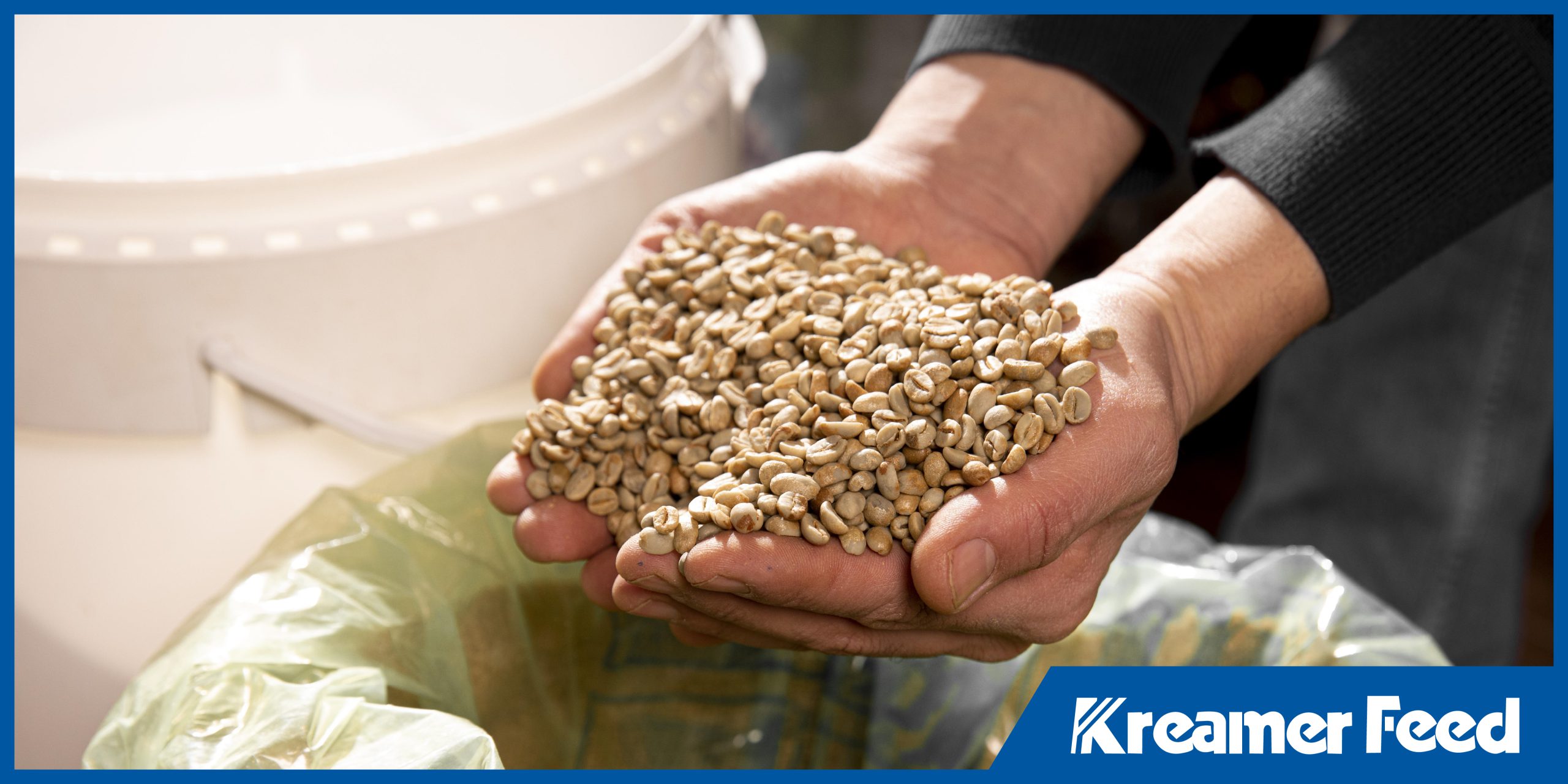
When it comes to raising healthy animals, quality feed is essential. But just as important as the ingredients in your feed is how fresh that feed is when it reaches your animals. Feed freshness directly affects nutritional value, palatability, and animal performance.
At Kreamer Feed, we’ve been manufacturing dependable feed products since 1947. Over the decades, one thing has remained clear: fresh animal feed leads to better results. Whether you’re using organic feed or non-GMO feed, understanding shelf life and proper storage is key to maintaining quality.
Let’s explore why feed freshness matters, how organic feed shelf life and non-GMO feed can be preserved, and what steps you can take to ensure your animals get the best possible nutrition every time.
Why Feed Freshness Is So Important
Feed doesn’t last forever. Over time, vitamins degrade, fats can turn rancid, and moisture can compromise the integrity of the feed. As feed loses its freshness, animals may eat less, convert less efficiently, and miss out on essential nutrients.
The freshness of your feed impacts:
- Nutrient quality: Key nutrients like Vitamin A, E, and B-complex naturally degrade over time.
- Palatability: Animals can detect stale or oxidized feed and may refuse to eat it.
- Feed conversion: Fresh feed supports better digestion and energy use, which improves weight gain and productivity.
- Animal health: Poor-quality feed can contribute to digestive upset or disease risk.
That’s why it’s important to treat feed as a perishable product, especially when using organic feed or non-GMO feed, which often avoids synthetic preservatives.
Understanding Organic Feed Shelf Life
Organic feed is made with natural ingredients, often sourced from local and certified organic farms. While these ingredients are nutrient-rich and grown without synthetic chemicals, they may have a shorter shelf life than conventional feed due to the absence of artificial stabilizers.
Typically, organic feed shelf life is:
- Up to 6 months from the mill date, or up to 1 year if stored in cool, dry, well-ventilated conditions.
- Significantly shorter if stored in warm, humid, or poorly ventilated environments
To maintain organic feed quality, it is essential to buy in quantities that match your usage rate and to follow proper storage practices.
Non-GMO Feed and Storage Considerations
Like organic feed, non-GMO feed is made with natural grains and ingredients, but without genetically modified components. While it may use some preservatives approved for non-GMO use, the freshness of the feed still depends largely on how it’s handled and stored.
To extend feed shelf life for both organic and non-GMO products:
- Keep feed in a cool, dry place, ideally under 60°F
- Store feed off the ground on pallets to prevent moisture wicking
- Use sealed containers or bins to protect from pests and humidity
- Practice first in, first out rotation to use older feed first
- Avoid direct sunlight and exposure to temperature swings
Following these feed storage tips helps preserve the nutrient value of your feed and ensures your animals get the most out of every bite.
What Kreamer Feed Does to Help
At Kreamer Feed, freshness is a priority from the moment we source ingredients to the time your feed is delivered. We work closely with local growers, monitor our milling and mixing process carefully, and use precise batch dating to help you track feed age easily.
Our organic and non-GMO products are milled with attention to detail and minimal handling to reduce exposure to air and moisture. We also offer flexible delivery options to match your usage needs and help prevent overstocking.
When you choose Kreamer Feed, you’re choosing a partner that puts organic feed quality, nutritional integrity, and animal health first.